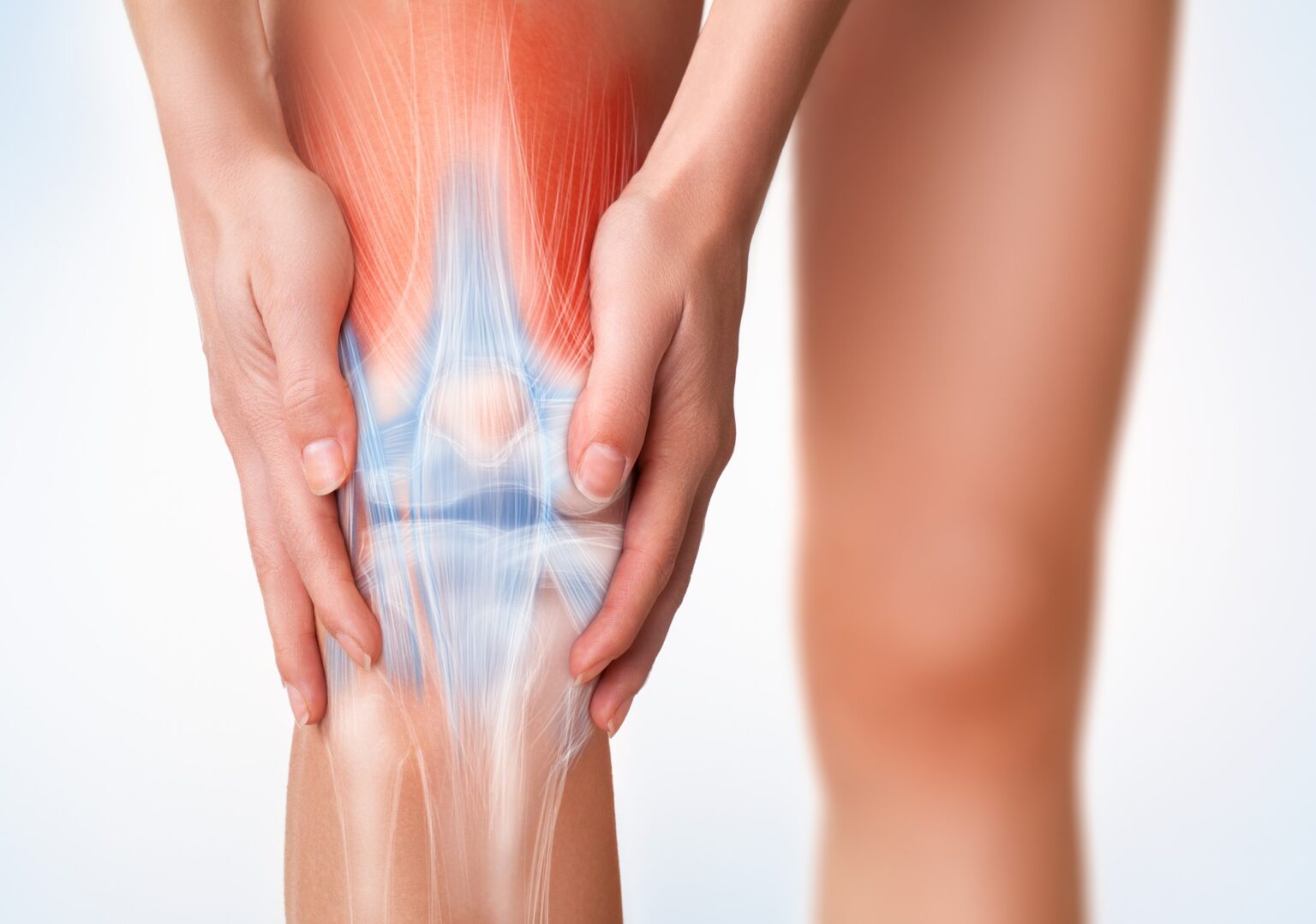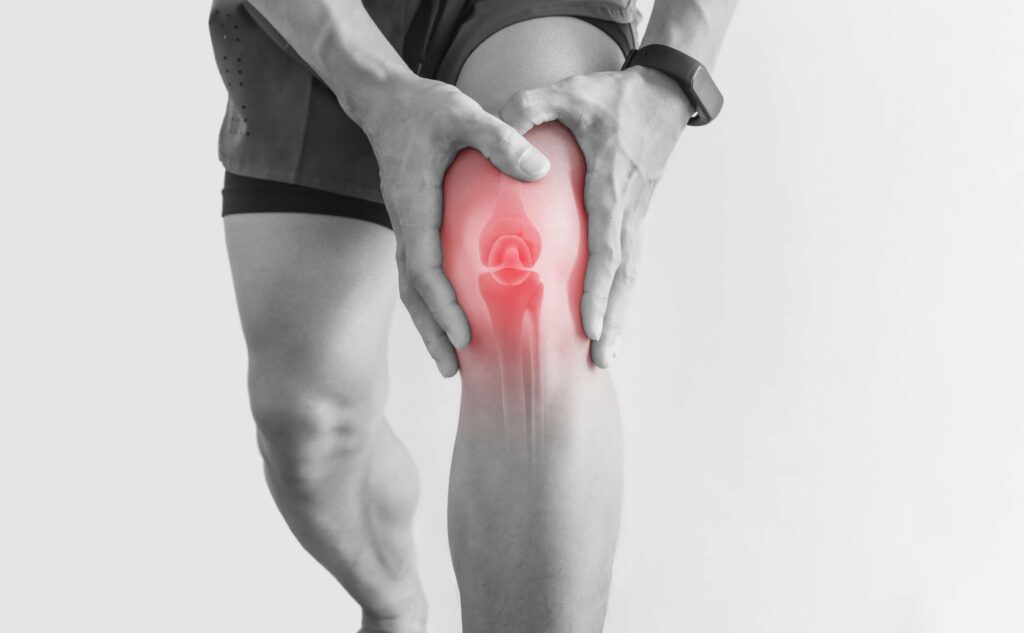Schedule An Appointment With Us
Are Your Symptoms Affecting Your Quality Of Life?
Consult our MOH-accredited orthopaedic specialist for an accurate diagnosis & personalised treatment plan today.

MBBS (S’PORE)
MRCS (Ireland)
MMed (Ortho)
FRCSEd (Ortho)

Ligament injuries can range from mild sprains to complete tears, leading to varying degrees of instability in the knee.
The knee joint, being one of the body’s most complex and heavily used joints, is stabilized and supported by a network of ligaments. Injuries and instability not only impact the individual’s ability to perform daily activities but also increase the risk of further joint damage.
Knee ligament injuries are classified based on the specific ligament affected and the severity of the injury. The main ligaments involved in knee stability are:
The ACL stabilizes the knee during rotational movements. Injuries range from partial to complete tears, often occurring during sports that involve sudden stops or changes in direction.
PCL injuries are less common and typically result from a direct impact to the front of the knee, such as during a car accident or a fall onto a bent knee.
Injuries to the MCL are often caused by a blow to the outer side of the knee, leading to sprains that can range from mild (grade I) to severe (grade III).
The LCL helps stabilize the knee against forces that push the knee inward. Like MCL injuries, LCL injuries can occur due to direct impact or excessive pressure on the knee but are less common.
In severe cases, multiple ligaments can be injured simultaneously, often resulting from significant trauma. These injuries are complex and pose a greater challenge for treatment and rehabilitation.
Understanding these diverse causes is crucial for prevention, effective treatment, and rehabilitation strategies.
The symptoms of knee ligament injuries can vary depending on the specific ligament affected and the severity of the injury. Common symptoms include:


Schedule An Appointment With Us
Consult our MOH-accredited orthopaedic specialist for an accurate diagnosis & personalised treatment plan today.
Diagnosing knee ligament injuries involves a comprehensive approach, following procedures such as:
In certain cases where the diagnosis remains unclear or to assess the extent of damage more accurately, arthroscopic surgery may be considered. This minimally invasive procedure involves inserting a small camera into the knee joint, allowing the surgeon to directly visualize the ligaments and other internal structures.
Non-surgical treatment options focus on alleviating symptoms and promoting healing without surgery. Common options include:
Initial rest is crucial to reduce swelling and pain. The use of crutches or a knee brace may be advised to avoid putting weight on the injured knee and prevent further injury while the ligament heals.
Applying ice to the knee for 20-30 minutes several times a day during the first few days after the injury can help reduce swelling. Compression bandages or wraps can also help minimize swelling and provide support to the injured knee.
Physical therapy focuses on exercises that strengthen the muscles around the knee, improve flexibility, and increase the range of motion.
Avoiding activities that put stress on the injured ligament is important until the knee has healed sufficiently.
Surgical treatment options are aimed at repairing or reconstructing the damaged ligaments to restore knee function. These include:

MBBS (S’pore)
MRCS (Ireland)
MMed (Ortho)
FRCSEd (Ortho)
Dr Kau (许医生) is a Fellowship trained Orthopaedic Surgeon with a subspecialty interest in Hip and Knee surgery and has been in practice for more than 15 years.
He is experienced in trauma and fracture management, sports injuries, and joint replacement surgery.
Preventative measures concentrate on strategies to strengthen and protect the knee, reducing the likelihood of ligament injuries.
For Singaporeans, Singapore Permanent Residents and Foreigners.
Please speak to our friendly clinic staff about using your insurance plans.

If you have any enquiry, please do get in touch. Leave us a message and we will get back to you shortly.
Mild to moderate ligament injuries (sprains) can often heal on their own with appropriate care, including rest, ice, compression, and elevation (RICE protocol), along with physical therapy. However, complete tears may require more intensive treatment, including surgery.
Excess body weight increases the stress on knee ligaments during everyday activities and physical exercise, potentially leading to higher rates of wear and tear and a greater risk of injuries. Maintaining a healthy weight can reduce this risk and decrease the overall strain on the knee.
Some individuals may experience long-term limitations after knee ligament reconstruction, such as reduced range of motion, lingering pain, or a need to modify certain activities to protect the knee.
Children and adolescents may experience ligament injuries differently due to growth plate involvement, which can complicate diagnosis and treatment. Their recovery protocols often require adjustments to accommodate ongoing growth and development.